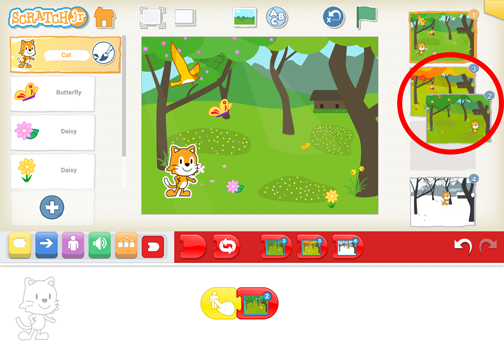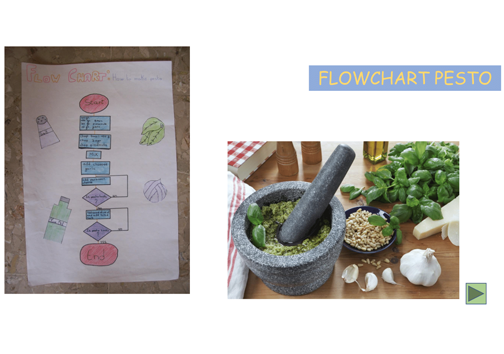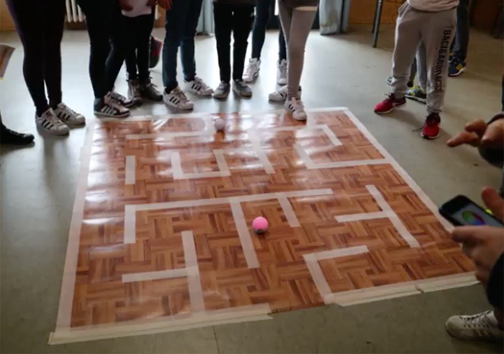USING ICT IN EDUCATION
- Introduction
- The Technology as Tutor
- Tutor: sample from project
- The Technology as Tool
- Tool: sample from project
- The Technology as Tutee
- Tutee: sample from project
INTRODUCTION
This section presents examples of the uses of educational technology observed in classrooms throughout the project. It offers a teacher’s perspective on why the technology was beneficial, how it was used in class and, where possible, a reflection on those experiences. As this guide aims to inform practice, it will also look at benefits and drawbacks from these experiences informed by a synthesis of teachers’ reflections.
The use of ICT in education encompasses a range of seemingly complex tools and applications, it can be a daunting challenge for educators and technology specialists alike. This chapter will introduce a clear framework for the ways technology can be used which provides the reader with a simple guide for intellectually grasping what a wide variety of activities. The ‘tutor, tool, tutee’ framework classifies the ways that educational technology in three ways. In the first, the technology functions as a tutor, and in some way teaches the pupil. In the second, the technology functions as a tool allowing the pupil to perform a task, and in the third, the technology functions as a tutee, where the pupil must teach it to perform a task. This guide will use the framework as a structure to present examples (listed in below.) which draw on the experiences during the project to bring the technology to life for the reader.
In addition to specific examples, this section presents two examples of ‘best practice’ videos from project schools. The videos show the use of ICT in the larger context of the school and the breadth of opportunities to enhance the experience for students and the efficiency of classes.
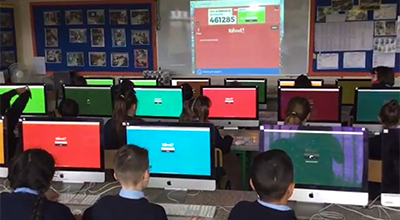
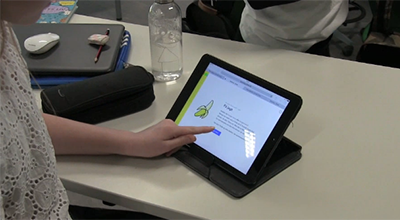
The Technology as Tutor:
To function as a tutor, the technology must be programmed with expert knowledge in a subject and the student is then tutored by a computer software package. The software shows the student some subject content, to which the student responds, the computer then marks or grades that response. Based on the evaluation, the computer can present more relevant or appropriate subject content. In some cases the selection on content can be very sophisticated, which the computer can determine a student’s reading age for example and present subject content from a large repository. This flexible approach can lead a student to progress and develop their abilities swiftly depending on the sophistication of the computer.
Software packages that function as tutor typically require many hours of expert work to produce one good lesson for students. There are many reasons for this. Humans are more flexible and intuitive than any machine, even with modern software and algorithms. A teacher creating a lesson requires less time because s/he may omit some of the detail, relying instead on spontaneous improvisation and drawing on substantial experience to fill in both the methods and substance of the lesson. The accommodations possible for students’ individual differences require far great time to programme.
When the computer is being used as Tutor, the activity is characterised by pupils learning from the computer. The computer is almost a surrogate teacher, mirroring traditional teaching methods, the end result being, in theory at least, that the learner has retained more information, learnt or reinforced a new skill or understands a new concept.
Typically, when computers are used in “tutor” mode, the software mimics the four stages of instruction that all teachers will be familiar with:
- The presentation of information or learning experiences
- Initial guidance and support to aid learning
- Extended practice to provide fluency or speed to ensure retention, and
- Assessment of learning.
The features of applications designed to be used by learners in this mode generally include the following:
- Subject-matter is divided and sub-divided into small areas, in a hierarchical fashion
- Learners are required to respond to various stimuli provided by the computer, and it responds in turn, depending on the input of the learner
- Learners can proceed at their own pace, usually in learner, as distinct from thematic form
- The learning outcomes of the application can be clearly defined, and consequently more easily assessed.
Three specific examples which emerged in the project will be shown, two from Ireland and one from Finland. The concepts behind these tools will likely exist in all countries so local equivalents will be readily available.
TUTOR: SAMPLE FROM PROJECT:
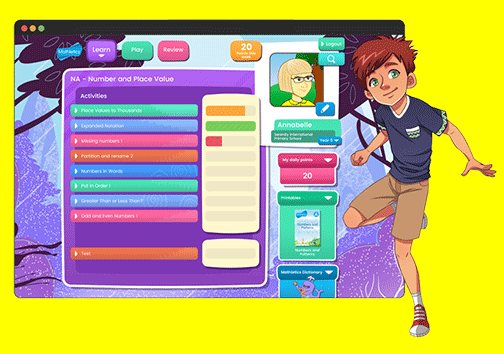
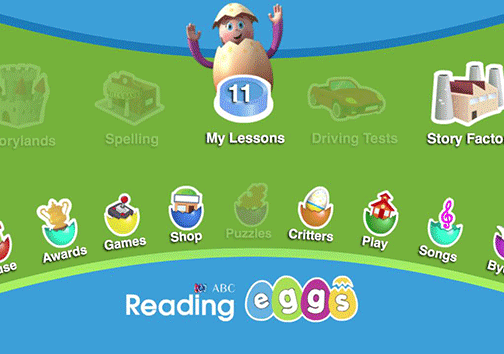
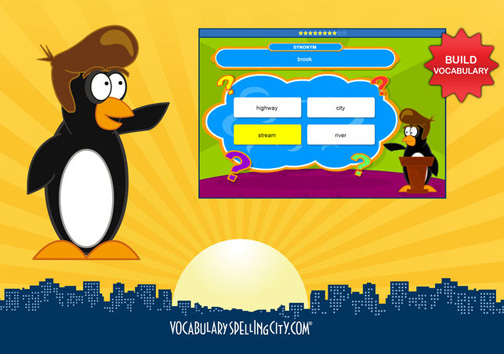
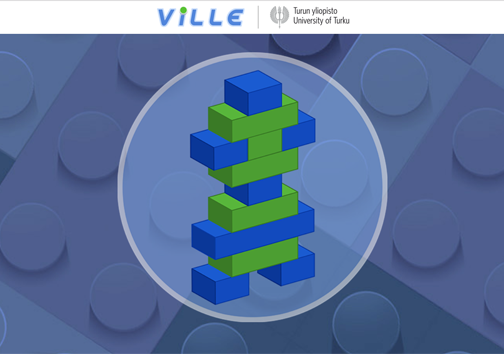
The Technology as Tool:
To function as a tool, the technology needs only to have some useful capability programmed into it, such as mathematical calculation, word processing, or video editing. Students may use these tools in a variety of subjects, for example as a calculator in maths, as a map-making tool in geography, as a text editor, or as an audio recording suite.
Using technology as both tutor and tool can enrich and improve classroom environments and students’ learning, all while require little technological on the part of students. That means however that neither teacher nor students learn much about computers or technology, and the final category will address that.
In this project, we have observed several examples where technology has been used as a way to create multimedia projects which engage students as they find new ways to present their learning. We also observed the collaborative features that teachers and students availed of.
The examples in this section will focus on technologies that enable multimedia creation and allow collaboration, these help unleash students’ creativity and desire to work together.
TOOL: SAMPLES FROM PROJECT
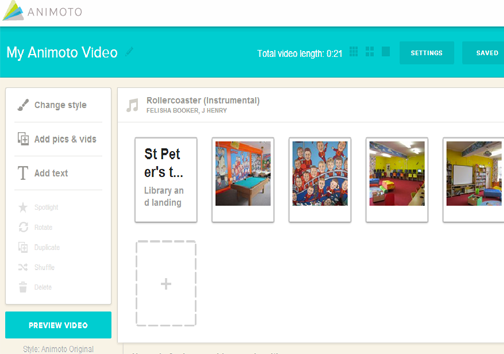
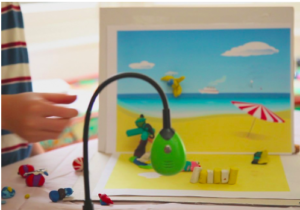
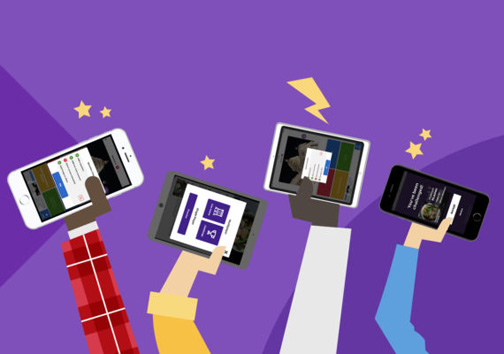
Virtual Classrooms
Linking teachers, students and parents
Many parents see the school community as distant. They may think the only appropriate time to communicate with teachers during parent/teacher meetings.
Schools still depend on old methods such as sending notes home, newsletters and emails to communicate with parents. Parents may that they can’t always depend on their children to deliver a note that was sent home in their take-home folder. They share that they sometimes can’t even get them to answer the age-old question, “What happened at school today?” Schools may be behind the times in adopting new ways to communicate with parents that match current technologies. During this project we observed two tools in use that can bridge the divide between the school and home: Class Dojo and SeeSaw.
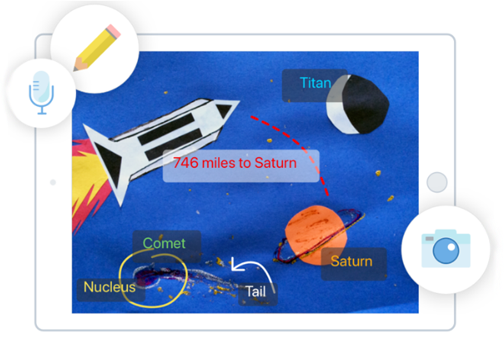
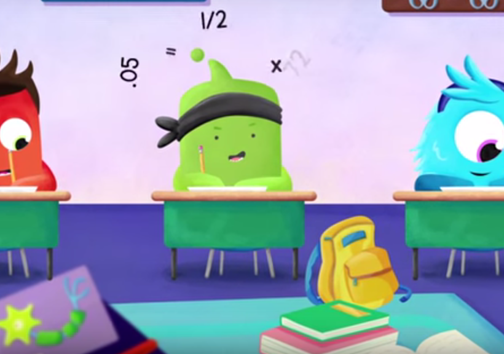
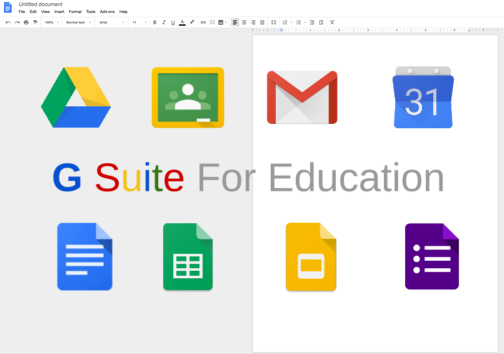
The technology as Tutee
To use the computer or technology as tutee is to be its teacher, and for that the student (or classroom teachers) much learn to programme or to talk to the computer in a language it understands. There are several benefits. First, because you can’t teach what you don’t understand, the student tutor will learn what they are trying to teach the computer. Second, the students will develop their own thinking and knowledge about computers, especially coming to understand computer logic and computational thinking. The final benefit is that expensive pre-designed tutor software can be done without and schools can avail of free opensource software. While it’s true that some computers are needed, either classroom computers or robots, it is very possible to teach coding and computational thinking with little more than paper and a pencil as one example will beautifully demonstrate.
TUTEE: SAMPLES FROM THE PROJECT
